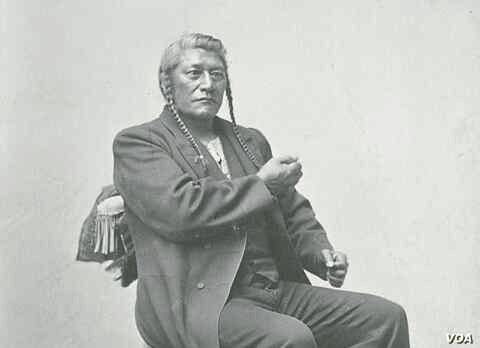As most of our readers know, UNESCO declared 2019 the Year of Indigenous Languages, and later on has declared the 2022-2032 will be the Decade of Indigenous Languages. This initiative will promote language preservation and awareness, and it has certainly had an impact on me.
Since 2019, I have made it a goal of mine to read more books from BIPOC (Black and Indigenous People of Color) in addition to my goal of reading more in general.
The most recent book I have read by an indigenous writer is The Only Good Indians, a horror fiction by Stephen Graham Jones, a Blackfeet author based in Texas. At one point in the novel, it noted that some of the main characters, also Blackfeet, began “speaking” to each other in Blackfeet Sign Language. As this was something I had never heard of before, I decided to research a bit further.
Blackfeet Sign Language is part of a more encompassing group of Plains Indian Sign Language or Plains Sign Talk, a trade language utilized all the way from Canada to Northern Mexico. Although there are at least three distinct dialects, Plains Sign Talk was used as a trade language and lingua franca all over the continent.
Although we do not know the exact origins of PST, we know that it was existent before the arrival of the conquistadors, with the first written instance of acknowledgement of the language coming from Cabeza de Vaca, a Spanish writer, in the 16th century. Jeffrey Davis, a professor of linguistics at the University of Tennessee, notes that nearly all communities will eventually develop a sign language in order to communicate with Deaf or hard-of-hearing members of the community, but PST is particularly unique due to its evolution of use.
Instead of only a method of communication with Deaf members of communities, PST was also used where it would be a practical solution, such as communication across long distances or during hunting when both silence and coordination are key factors to success.
As with other sign languages, there are several factors that go beyond simple gestures when interpreting the language. Hand motion, shape, orientation, and location all denote different words or concepts, generally working in tandem. Unlike other sign languages, facial expressions are not usually a factor. However, the wide variety of combinations of these other four factors denote complexity and richness of language to the point where facial expressions may add to understanding, but are not actually needed.
Although in modern times there are very few speakers of PST, mostly in Dakota, Cree, and Blackfoot tribes, quite a few gestures have been adapted into what has become the standard American Sign Language. A quick comparison of a modern ASL dictionary and William Philo Clark’s The Indian Sign Language reveals many similarities.
In spite of only a few users of PST, its tenacity as a communication tool remains apparent, both within indigenous communities and out. It has endured the tragedies of erasure in the Indian Schools such as Carlisle School, a decline in speakers, and the more prominent use of English in day-to-day affairs. A filmed dictionary, which was started in 1930 at the Blackfeet Nation’s Sign Language Grand Council but never finished, was recently discovered in the National Archives, and has proven a valuable resource for the PST community as the language continues to flourish.

